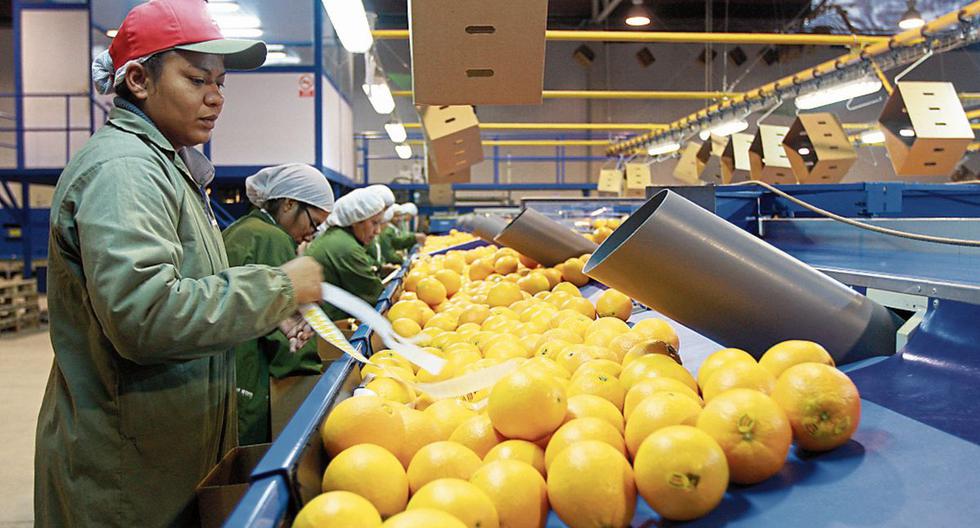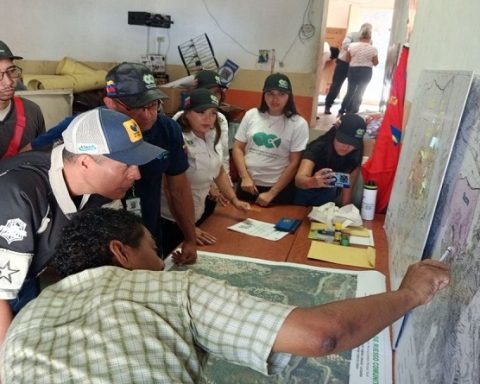In the first two months of this year, jobs related to Peruvian shipments abroad accumulated a stock of 712,682 between direct, indirect and induced (the highest historical figure in this period), reflecting an increase of 23.6% compared to the same period of 2021, reported the Research Center for Global Economy and Business of the Association of Exporters CIEN-ADEX.
However, he warned that only five sectors showed increases compared to their previous record highs in these first two months: traditional agriculture, agribusiness, fishing, non-metallic mining and chemicals.
LOOK: Artisans achieve sales commitments for more than one million soles in Craft Business Roundtable
Meanwhile, the nine sectors that have not yet matched their best figures from previous years were mining (in 2021), primary fishing (2021), hydrocarbons (2013), clothing (2008), iron and steel (2013), textiles ( 2014), metalworking (2019), wood (2008) and various (2013).
According to the Impact of Exports: Employment and GDP report, the result of this first two-month period was due to the greater labor boost from non-traditional exports (growth of 18.1%), especially from agribusiness (13.1%) with 298,263 jobs.
The primaries (33.8%) also contributed due to the great dynamism of the work related to traditional agriculture (355.6%), whose good performance offset the lower stock associated with traditional mining (-18.3%) due to stoppages in some mining deposits, and traditional fishing (-20.5%).
In detail
CIEN-ADEX detailed that agribusiness was the leading activity in the stock of jobs (298,263) as a result of the largest shipments of superfoods to the international market. In second place was traditional agriculture (126,891) due to the greater demand for jobs for the processing and export of coffee, mainly. Likewise, it was the one that generated the most new jobs (99,039).
Mining followed with 123,253 and clothing with 51,806, since it needed labor to export cotton t-shirts, sweaters, vests, baby clothes, dresses, among others.
Meanwhile, fishing and aquaculture recorded a stock of 36,345 due to the largest shipments of fish fillets, prawns and their tails, scallops, canned tuna, frozen horse mackerel and other products; while primary fishing accumulated 17,055.
The iron and steel industry helped maintain 12,137 jobs thanks to the high production and shipments of wire, bars, profiles and strips of refined copper, unalloyed zinc, steel bars, rolled zinc, alloyed silver, among others. Non-metallic mining completes the ranking with 10,179, textiles 9,958, chemicals 7,206, various 6,866, metalworking 5,419, wood 5,207 and hydrocarbons 2,097.
Regarding the regions, the work associated with shipments abroad was reduced in five of them, the most affected being Áncash (-20,045 jobs) and Apurímac (-2,889). Meanwhile, the one with the greatest export labor force was Lima (227,334 jobs), whose main activities promoted clothing, agribusiness, traditional mining, traditional agriculture, iron and steel, metalworking, textiles and chemicals.
GDP
Between January and February 2022, exports created a Gross Domestic Product (GDP) equivalent to US$13,833 million, reflecting a drop of -2.3% compared to the same period last year. This lower dynamism was mainly due to the negative performance of the GDP generated by mining exports, which contracted -17.1%, considering that it is the most relevant item, representing close to 60% of the total.


















